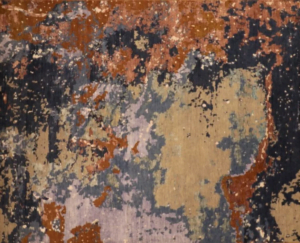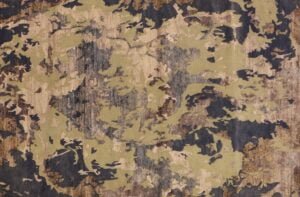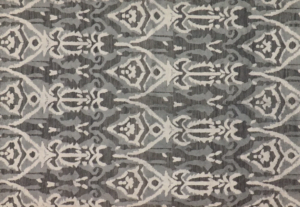Khotanese textiles were mentioned by Xuanzang, who visited the oasis in 644 CE. In his Biography it is stated: “It produced carpets and fine felt, and the felt-makers also spun coarse and fine silk.”
Ancient Chinese-Khotanese relations were so close that the oasis emerged as one of the earliest centers of silk manufacture outside China. There are good reasons to believe that the silk-producing industry flourished in Hotan as early as the 5th century. According to one story, a Chinese princess given in marriage to a Khotan prince brought to the oasis the secret of silk-manufacture, “hiding silkworms in her hair as part of her dowry”, probably in the first half of the 1st century CE. It was from Khotan that the eggs of silkworms were smuggled to Iran, reaching Justinian I’s Constantinople in 551.[33] Silk production is still a major industry employing more than a thousand workers and producing some 150 million metres of silk annually. Silk weaving by Uyghur women is a thriving cottage industry, some of it produced using traditional methods. Hotan Silk Factory is one of the notable silk producers in Hotan.
Atlas is the fabric used for traditional Uyghur clothing worn by Uyghur women. It is soft, light and graceful tie-dyed silk fabric. It comes various colours, the brighter and rich colours are for small children to young ladies. The gray and dark colours are for elderly women.
The oldest piece of kilim which we have any knowledge was obtained by the archaeological explorer Aurel Stein; a fragment from an ancient settlement near Hotan, which was buried by sand drifts about the fourth century CE. The weave is almost identical with that of modern kilims.
Hotanese pile carpets are still highly prized and form an important export.




